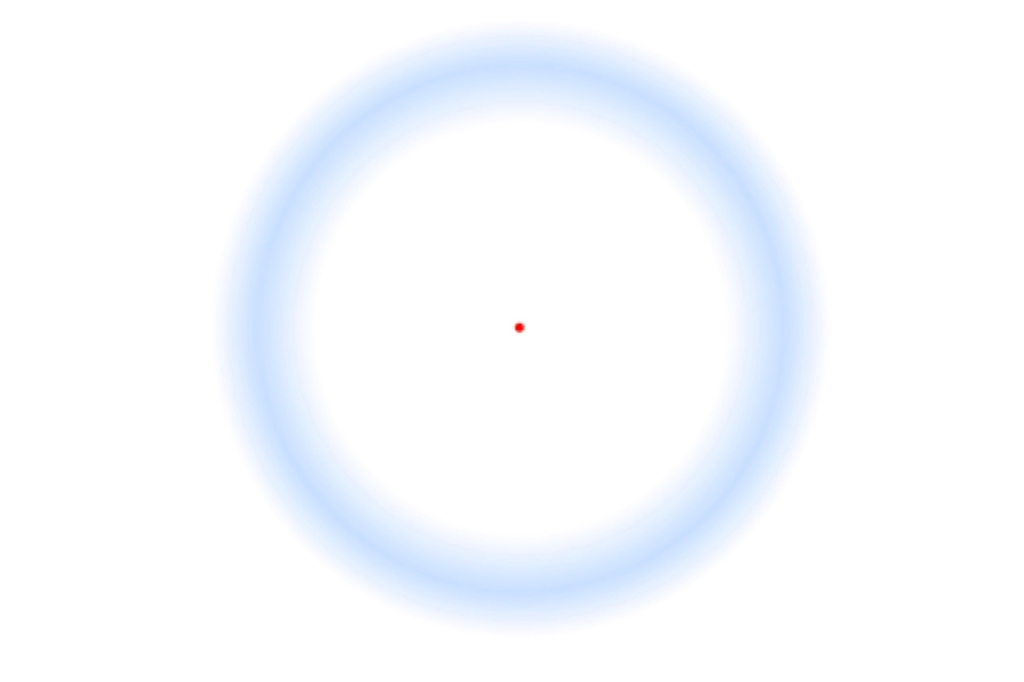These optical illusions ‘disappear’ — can you guess the reason?
Blink and you’ll miss it — the illusion, that is.
What may look like a piece of post-modern art is, in fact, an optical illusion that begins with a blurry cloud of colors.
It’s a rainbow-scape worthy of marvel, but stare too long and its muted hues vanish.
While staring deeply into the center of the image, its colors begin to fade.
It’s not your eyes going bad — it’s the Troxler effect.
Troxler effect, also called Troxler’s fading, according to the University of Glasgow’s IllusionsIndex.org, was named for the first person to describe the phenomenon, Ignaz Paul Vital Troxler, in 1804. The Swiss physician noticed that when the eye becomes fixated on a point, the objects surrounding that focal point eventually “disappear.”
And the more unfocused the periphery, the more pronounced the effect.
[Warning: Spoilers ahead.]
The illusion illustrates what happens when our eyes are hyper focused on a single target. The way we see images is through countless micromovements of the eye, each time collecting more information about the scene, even when we feel our gaze is relatively focused.
But when we tell our eyes to look — hard — at a single point, those tiny movements, called saccades, become concentrated on that object, allowing for the stimuli around it to fade into the mind’s eye.
The effect may be even more pronounced in the image below, depicting the outline of a blurry blue circle with a tiny red dot at the center.

The mechanism behind Troxler effect is rooted in our own nervous system — and thus can be observed not only through the eyes, but with touch as well.
That’s because our neurons are programmed to be unbothered by negligible or stationary stimuli, which is what keeps our bodies from sounding the alarm every time we see something from the corner of our eye or become increasingly annoyed by the feel of wearing clothes all day.
Read the full article Here


